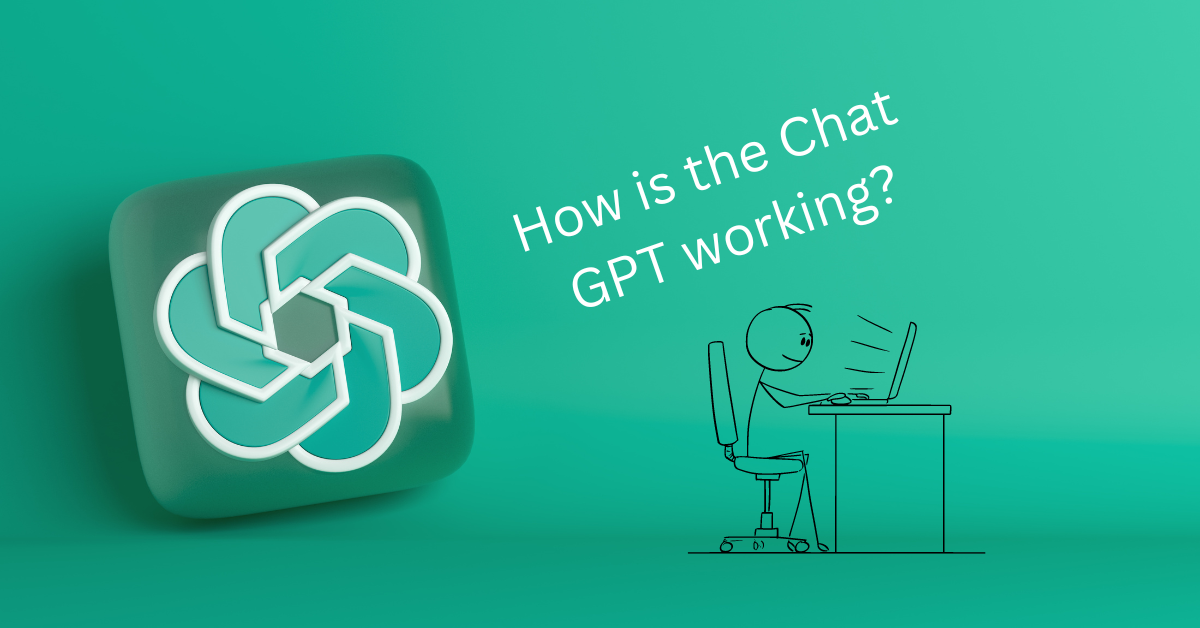What is ChatGPT?
ChatGPT is a state-of-the-art language model developed by OpenAI. It is based on the GPT (Generative Pre-trained Transformer) architecture, which is a type of neural network designed to process natural language. ChatGPT is a large language model that has been trained on vast amounts of text data to learn the patterns and structures of human language.
How does ChatGPT work?
ChatGPT works by using a process called “pre-training” and “fine-tuning.” Pre-training is the process of training the model on vast amounts of text data to learn the patterns and structures of human language. Fine-tuning is the process of adapting the pre-trained model to a specific task, such as answering questions or generating text.
Pre-training
During pre-training, ChatGPT is fed a massive amount of text data, such as books, articles, and websites. This data is used to train the model to predict the next word in a sentence based on the previous words. By doing this, ChatGPT learns the patterns and structures of human language and can generate text that sounds like it was written by a human.
Fine-tuning
After pre-training, ChatGPT is fine-tuned on a specific task, such as answering questions or generating text. This process involves training the model on a smaller dataset that is specific to the task. For example, if the task is to generate text about a specific topic, the model may be fine-tuned on a dataset of articles or blog posts about that topic.
ChatGPT also uses a technique called “prompt engineering” to generate text. This involves giving the model a “prompt” or a starting point for generating text. The prompt can be a few words or a sentence, and the model uses it as a guide to generate text that is relevant to the prompt.
What are the benefits of ChatGPT?
ChatGPT has several benefits, including:
- Naturalness: ChatGPT is known for generating text that sounds like it was written by a human. This is because of its large size and extensive pre-training on vast amounts of text data.
- Flexibility: ChatGPT is a general-purpose language model, which means it can be used for a wide range of tasks, such as question-answering, summarization, and conversation.
- Accuracy: ChatGPT has been shown to perform well on various benchmark tests, demonstrating its ability to understand and generate text.
- Efficiency: ChatGPT can generate text quickly and accurately, making it an efficient tool for various applications.
What are the applications of ChatGPT?
ChatGPT has a wide range of applications in various fields, including:
- Customer Service: ChatGPT can be used to create chatbots that can answer customer queries and provide support 24/7.
- Education: ChatGPT can be used to create intelligent tutoring systems that can personalize learning and provide feedback to students.
- Healthcare: ChatGPT can be used to create virtual assistants that can answer medical questions and provide health advice.
- Journalism: ChatGPT can be used to generate news articles or summaries from large amounts of data.
- Marketing: ChatGPT can be used to create personalized content for marketing campaigns.
What are the limitations of ChatGPT?
Despite its impressive capabilities, ChatGPT has some limitations, including:
- Bias: ChatGPT may exhibit bias in its output if it is trained on biased data. This can lead to unintended consequences, such as perpetuating stereotypes or misinformation.
- Privacy: ChatGPT may store and process sensitive information, such as personal data, medical records, or financial information. This raises concerns about privacy and security.
- Understanding Context: Although ChatGPT is excellent at generating text, it may not always understand the context or intent behind a prompt. This can lead to irrelevant or inaccurate responses.
- Limited Domain: ChatGPT may not be suitable for certain tasks that require specialized knowledge or vocabulary, such as technical writing or scientific research.
Conclusion
ChatGPT is a powerful language model that has revolutionized the field of natural language processing. It has many benefits, such as naturalness, flexibility, accuracy, and efficiency, and can be applied to various fields, such as customer service, education, healthcare, journalism, and marketing. However, it also has limitations, such as bias, privacy concerns, difficulty in understanding context, and limited domain expertise. Despite these limitations, ChatGPT has enormous potential to transform the way we communicate and interact with technology.
Read More contents on SoftechOnline
Watch Video Contents on YouTube
